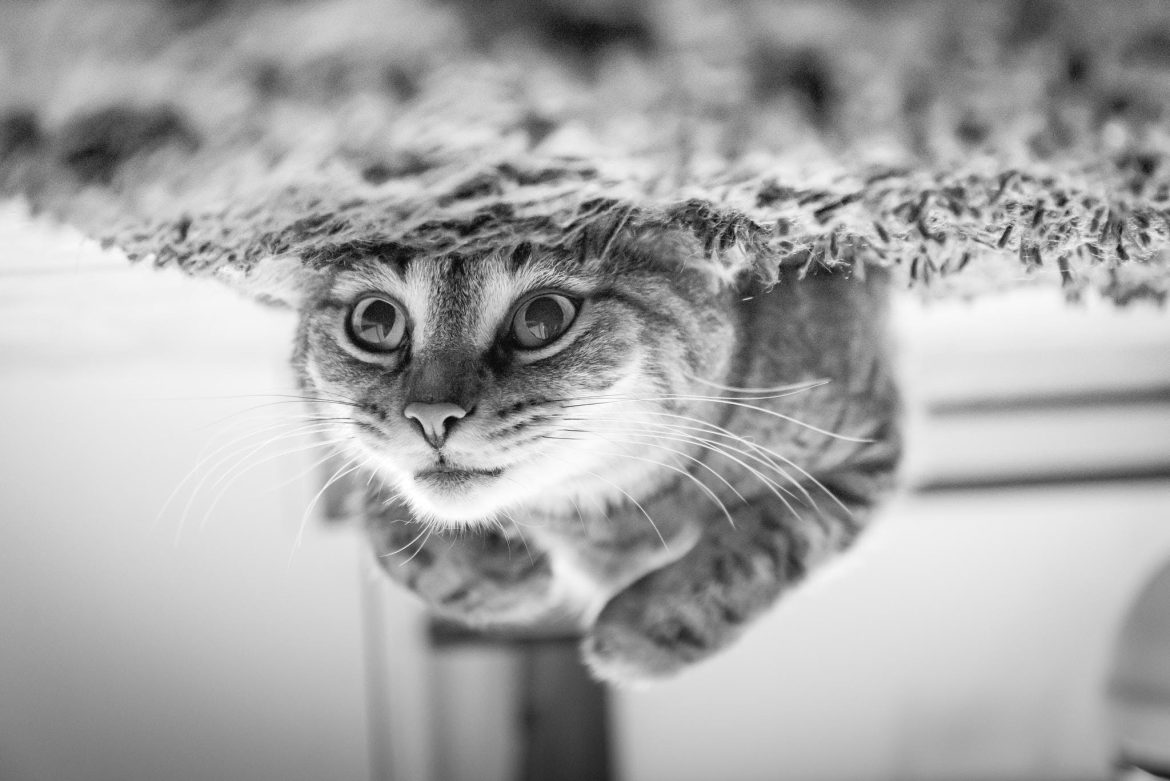How to pet a cat
In the realm of pet ownership, few experiences rival the joy and satisfaction of bonding with a beloved feline companion. Cats, with their mysterious allure and independent nature, have long been revered as cherished members of households around the world. However, to truly connect with your cat and cultivate a harmonious relationship, it’s essential to understand the art of cat petting.

how to pet a cat
Understanding Feline Behavior
Before delving into the nuances of cat petting techniques, it’s crucial to grasp the fundamentals of feline behavior. Cats are discerning creatures with distinct personalities and preferences. Respect for their individuality is paramount to nurturing a strong bond.
1. Respect Boundaries and Signals
Cats communicate through subtle cues, and it’s essential to pay attention to their body language. Signs of comfort include purring, relaxed posture, and slow blinking. Conversely, agitated cats may flatten their ears, twitch their tails, or attempt to retreat. Always approach your cat calmly and allow them to initiate contact.
2. Start Slowly
When introducing touch, start with gentle strokes along the head, chin, and back—areas most cats find pleasurable. Use slow, deliberate movements and gauge your cat’s response. If they lean into your hand or begin to purr, you’re on the right track. Avoid sudden movements or attempts to restrain your cat, as this can cause stress and erode trust.
3. Tailor Your Approach
Every cat is unique, and what works for one may not suit another. Experiment with different petting techniques, such as long strokes, circular motions, or light scratching under the chin. Pay attention to your cat’s preferences and adjust your approach accordingly.

cat petting techniques
Building Trust and Connection
Trust forms the cornerstone of any meaningful relationship, and the bond between a cat and its owner is no exception. Building trust takes time and patience, but the rewards are immeasurable.
1. Consistency is Key
Establish a routine of positive interactions with your cat, including daily play sessions, grooming, and cuddle time. Consistency fosters a sense of security and reinforces your bond.
2. Use Treats and Rewards
Incorporate treats and rewards into your interactions to reinforce desired behaviors. Offer treats as a reward for calm and cooperative behavior during petting sessions, creating positive associations with touch.
3. Respect Personal Space
While affection is essential, it’s equally important to respect your cat’s need for personal space. Allow them to retreat to a quiet area when they desire solitude, and refrain from forcing interactions.
Conclusion: A Lifelong Journey of Companionship
Mastering the art of cat petting is not merely a skill; it’s a journey of discovery and connection. By understanding and respecting your cat’s unique personality and preferences, you can forge a bond built on trust, mutual respect, and unconditional love.
how to pet a cathow to pet a cathow to pet a cathow to pet a cathow to pet a cathow to pet a cathow to pet a cat
Understanding why cats bite and learning how to prevent or mitigate this behavior is essential for fostering a harmonious relationship between felines and their human companions. Cats may bite for various reasons, ranging from playfulness to stress or discomfort. Here’s a closer look at why cats bite and some strategies to help prevent or address biting behavior:
Top 5 Benefits of Asparagus
Top 5 mistakes after knee replacement
Reasons Why Cats Bite:
Playfulness: Cats often use their mouths during play, mimicking hunting behaviors they would display in the wild. While playful biting may be gentle, it can escalate if not properly managed.
Overstimulation: Cats have sensitive thresholds when it comes to touch and interaction. Excessive petting or handling can overwhelm some cats, leading to a defensive response in the form of biting or scratching.
Fear or Anxiety: Cats may resort to biting when they feel threatened, scared, or anxious. This can occur in response to unfamiliar environments, loud noises, or changes in routine.
Pain or Discomfort: Physical discomfort or underlying health issues can also prompt biting behavior in cats. Dental problems, injuries, or medical conditions may cause a cat to lash out in pain.
Tips to Prevent or Address Biting Behavior:
Observe Body Language: Learn to recognize the subtle signs that indicate your cat’s mood and comfort level. Dilated pupils, flattened ears, and a twitching tail may signal agitation or discomfort, giving you time to adjust your approach.
Avoid Rough Play: Discourage rough play that encourages biting by redirecting your cat’s attention to appropriate toys. Interactive toys, such as feather wands or laser pointers, provide an outlet for your cat’s natural hunting instincts without encouraging aggressive behavior.
Teach Boundaries: Set clear boundaries during play and interaction with your cat. If your cat becomes too rough, immediately withdraw attention and end the interaction. Consistency is key to reinforcing boundaries and teaching your cat acceptable behavior.
Socialization and Desensitization: Expose your cat to various stimuli and experiences from a young age to promote socialization and reduce fear or anxiety-related biting. Gradually introduce your cat to new people, environments, and situations in a positive and controlled manner.
Regular Veterinary Care: Schedule routine veterinary check-ups to monitor your cat’s health and address any underlying medical issues that may contribute to biting behavior. Your veterinarian can assess your cat’s physical and behavioral health and recommend appropriate interventions or treatments.
Positive Reinforcement: Use positive reinforcement techniques, such as treats and praise, to reward desirable behaviors and encourage gentle interactions. Reinforce calm and non-aggressive behavior during petting sessions to foster trust and mutual respect.
how to pet a cathow to pet a cathow to pet a cathow to pet a cathow to pet a cathow to pet a cat
Seek Professional Help: If your cat’s biting behavior persists or escalates despite your efforts, consult with a veterinarian or animal behaviorist for personalized guidance and assistance. They can help identify underlying causes and develop a tailored behavior modification plan to address the issue effectively.



:max_bytes(150000):strip_icc():format(webp)/stop-cat-bites-553893-hero-b72232bd99dd46298038fd438fa90b18.jpg)